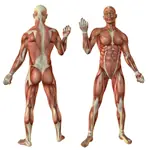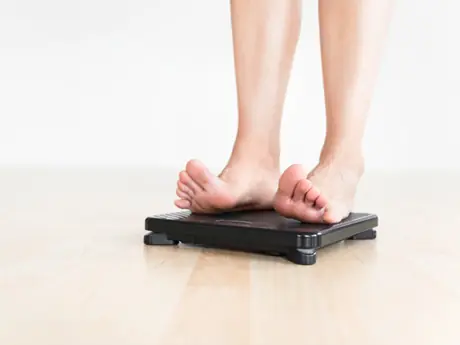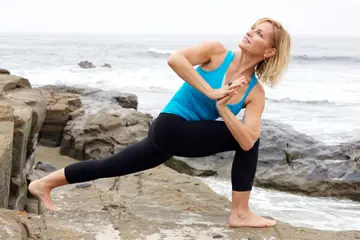
Yoga is an ancient discipline that originated thousands of years ago in India. The word yoga comes from the Sanskrit root yuj, meaning to yoke or unite. The practice unites physical postures, breath practices, meditation and philosophical study to achieve liberation.
Individuals of every age and physical condition can benefit from the regular practice of yoga, which has been proved to enhance flexibility, strength, stamina and concentration. Using a combination of asanas, or postures, and breathing techniques, yoga works to induce relaxation and reduce stress, tone the body, increase vitality and improve circulation and energy flow.
More: Common Yoga Terms Defined
There are several types of Hatha yoga, which is an umbrella term for yoga that uses physical practices. Although many schools, or styles, of yoga exist, most differences derive from the primary focus of the practitioner's attention: precise alignment of the body, holding of the asanas, flow between the postures, breath and movement coordination, or inner awareness and meditation.
ANANDA
A form of gentle yoga with an emphasis on meditation. Ananda combines classic yoga postures with breathing and silent affirmations. As an inner-directed practice, it has less appeal to those desiring a more athletic or aerobic experience.ANUSARA
Anusara means "go with the flow," and blends spirituality with inner/outer alignment and balanced energetic actions. Developed by John Friend in 1997, this style urges students to think of poses as artistic expressions of the heart. Individual abilities and limitations are deeply respected and honored, so Anusara yoga can be helpful for everyone and is good for beginners.
More: Strength Train With Yoga
ASHTANGA
A physically demanding style that is light on meditation, Ashtanga yoga employs a fast-paced series of flowing poses to build strength, flexibility and stamina. Developed by Indian yoga master Sri K. Pattabhi Jois, Ashtanga's progressively difficult postures are synchronized with a loud breath (called Ujyaii breath in Sanskrit) and are designed to produce intense internal heat and purifying sweat in order to detoxify muscles and organs. The room is usually heated to warm muscles and increase flexibility. Preferred by many athletes, this style is too intense and demanding for most beginners.
BIKRAM
A strenuous style, designed to make students sweat, taught in rooms heated to a minimum of 105-degrees Fahrenheit. The superheated rooms facilitate stretching and allow the body to release toxins through perspiration. Former national India yoga champion, Bikram Choudhury, developed the style, whose 26 demanding poses are performed in a specific order, to promote optimal health and proper function of every bodily system. Bikram yoga is a good choice for highly fit individuals and seasoned students seeking a challenge.
More: Triple digit yoga: It's sweaty. It's intense. It's Bikram yoga.
- 1
- of
- 3
About the Author

Get ACTIVE on the Go


Couch to 5K®
The best way to get new runners off the couch and across the finish line of their first 5K.
Available for iOS | Android







Discuss This Article